Характеристики кроссовера Škoda Vision S были названы ещё до публичной премьеры. Новинка построена на базе модульной платформы Volkswagen MQB для двигателей с поперечным расположением. В салоне установлены три ряда сидений, габаритная длина составляет 4.7 метра, ширина и высота – 1.91 м и 1.68 м соответственно, а колёсная база равна 2.79 м – почти на 100 мм меньше, чем у VW Touareg. Серийная версия по имени Kodiak должна дебютировать осенью на автосалоне в Париже и поступить в продажу в 2017 году.
Силовая установка Vision S состоит из 1.4-литрового бензинового турбомотора TSI мощностью 156 л.с. и крутящим моментом 250 Нм. ДВС помогает интегрированный в 6-ступенчатый «робот» DSG электромотор мощностью 40 кВт (220 Нм), а также второй электроагрегат (85 кВт и 270 Нм) на задней оси. Максимальная отдача установки достигает 225 л.с. (165 кВт). Расположенные перед задней осью литий-ионные аккумуляторы ёмкостью 12.4 кВт•ч обеспечивают 50 км пробега исключительно на электротяге. Разгон с 0 до 100 км/ч у прототипа занимает 7.4 секунды, а максимальная скорость ограничена 200 км/ч. На испытаниях от автомобиля удалось добиться расхода в пределах 1.9 л бензина/100 км пробега в комбинированном режиме.
На женевском стенде Škoda также выставлены полноприводные Octavia RS с 2.0-литровым турбодизелем мощностью 184 л.с. и 6-ступенчатым «роботом» DSG с двумя сцеплениями. «Заряженные» версии доступны как для лифтбэка, так и для универсала. Разгон с 0 до 100 км/ч занимает 7.6 секунды, а максимальная скорость достигает 228 км/ч. У лифтбэка паспортный расход топлива в смешанном режиме равен 4.9 л/100 км, а выбросы СО2 составляют 129 гр/км.
Газовая Škoda Octavia G-TEC с модифицированным для работы на природном газе (CNG) двигателем 1.4 TSI (110 л.с.) уже не первый год продаётся в Европе, но ещё никогда прежде у неё не было модификации с шестиступенчатым «роботом» DSG. Она будет предлагаться и для лифтбэков и для универсалов. Чехи не указали паспортное потребление топлива в литрах на «сотню», но привели расчётное указание расхода средств европейского водителя в 4 евро/100 км. Кстати, совсем недавно аналогичная битопливная модификация с DSG появилась у Volkswagen Caddy TGI. Короткая версия «Фольксвагена» потребляет около 4.1 кг газа на 100 км пробега.
«Вседорожный» пакет визуальных доработок ScoutLine теперь предложен не только для универсала Rapid Spaceback, но и для Fabia Combi. Такой автомобиль отличается от базового бамперами с неокрашенными вставками, дополнительной окантовкой колёсных арок и порогов. Набор доступен для «Фабий» с бензиновыми двигателями мощностью 75 л.с., 90 л.с. и 110 л.с., а также дизелями с отдачей 75 л.с., 90 л.с. и 105 л.с.
ŠKODA continues its dynamic growth strategy: over recent years, the brand has fundamentally updated and expanded its model range. The SUV range is now also being extended. With the ŠKODA VisionS at the Geneva Motor Show, the Czech car manufacturer gives an insight into what ŠKODA’s future SUV design language might look like. The brand is also presenting their most important future technologies with the show car. The new ŠKODA Octavia RS 4×4, the ŠKODA Octavia G-TEC with DSG transmission and the ScoutLine version of the Fabia Combi round off ŠKODA’s appearance at Lake Geneva.
?“Our brand continues to develop at a rapid pace,” said ŠKODA CEO Bernhard Maier. “We already have a successful model in the compact SUV segment with the ŠKODA Yeti; now we are using our expertise in 4×4 technology to develop the new SUV model. In terms of design, package and functionality, the VisionS bears some similarity. This study also demonstrates our most important future technologies, such as the plug-in hybrid drive system; a similar drive system is also being tested for production cars.”
The ŠKODA VisionS incorporates the brand’s new design language, carrying it over into the SUV segment: the design is clearly influenced by cubism and the tradition of Bohemian crystal glass art. The lines are precise, sharp and clean-cut; the distinctive interplay of light and shadow on the contoured surfaces has a powerful effect, which is accentuated by the Iceland Green colour.
At 4.70 metres long, 1.91 metres wide, 1.68 meters tall and with a 2.79-metre wheelbase, the ŠKODA VisionS makes a bold statement on the road. Based on Volkswagen Group’s Modular Transverse Matrix (MQB), this is ŠKODA’s first vehicle to feature six seats across three rows.
Another highlight of the concept vehicle is its plug-in hybrid drive: with 165 kW (225 PS), the show car accelerates from 0-100 km/h in 7.4 seconds, and has a top speed of almost 200 km/h. 1.9 l of petrol is all the car needs to travel 100 km (45 g CO2/km). The ŠKODA VisionS can drive up to 50 km on electric mode alone, and travels up to 1,000 km with both systems combined.
The internal combustion engine is a 1.4 TSI with 115 kW (156 PS) and 250 Nm of torque. It works alongside an e-motor that provides 40 kW of continuous power and a peak torque of 220 Nm. The e-motor is integrated with the six-speed DSG, which transfers the power to the front wheels. A second electric engine with up to 85 kW and 270 Nm of torque drives the rear axle. This works independently from the front axle drive, meaning the show car has clever four-wheel drive, which requires no mechanical coupling. The three engines cooperate in a highly flexible manner: the driver of the ŠKODA VisionS can choose between several modes of operation – from the purely electric engine to charge mode, always with the goal of maximum efficiency. The lithium-ion battery with a capacity of 12.4 kWh is positioned in front of the rear axle.
ŠKODA has responded to the rapidly growing range of information and the passengers’ desire to communicate by introducing automotive digital networking (mobile services), providing large displays for optimum vehicle and infotainment services for all passengers, who can connect to the network in several ways from each seat in the vehicle.
The ŠKODA Octavia RS 4×4 is also celebrating its debut at this year’s motor show: ŠKODA’s top-of-the-range Octavia is available as both a hatchback and an estate with a 2.0 TDI engine producing 135 kW (184 PS) and DSG transmission. With its equally sporty and safe drive unit, the Octavia RS 4×4 makes a strong partner for families, work and leisure time. The car accelerates from 0-100 km/h in 7.6 seconds and reaches a top speed of 228 km/h. It consumes just 4.9 l of diesel per 100 km, which is a CO2 equivalent of 129 g/km (all values for the hatchback).
The ŠKODA Octavia G-TEC is particularly economical: its fuel costs are currently below four euros per 100 km. As an optional extra, ŠKODA now also equips the natural-gas car with DSG transmission. The 1.4 TSI provides 81 kW (110 PS), emitting 94 g of CO2/km. The ŠKODA Octavia G-TEC is available as a hatchback or an estate.
ŠKODA’s ScoutLine range also continues to grow. Alongside the Rapid Spaceback ScoutLine, there is now also the ŠKODA Fabia Combi ScoutLine – with its unique offroad look and attractive, practical specification features. Three petrol engines with 55 kW (75 PS), 66 kW (90 PS) and 81 kW (110 PS) and three diesel engines with 55 kW (75 PS), 66 kW (90 PS) and 77 kW (105 PS) are available.


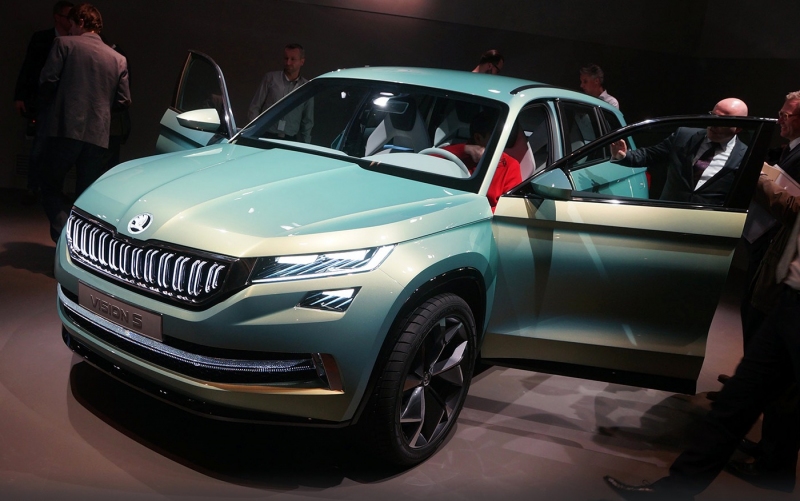
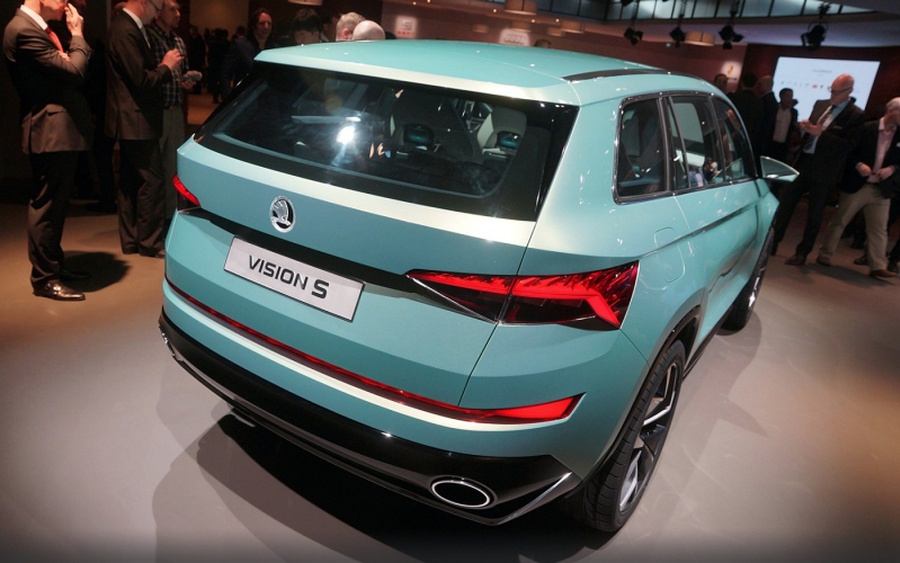
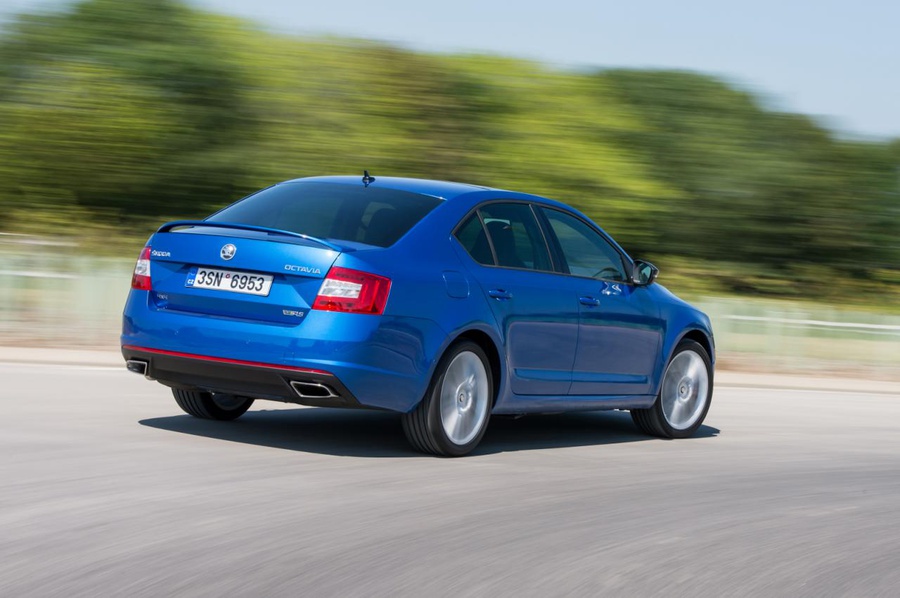
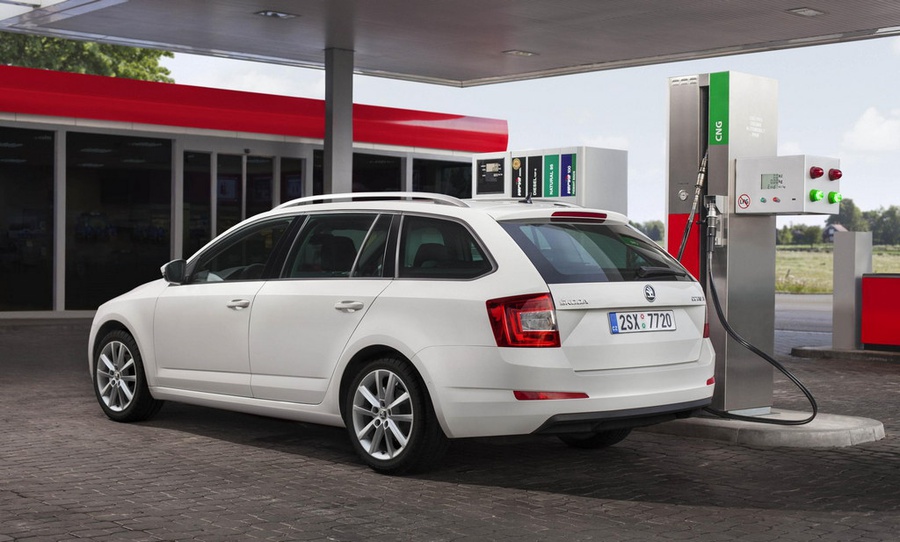
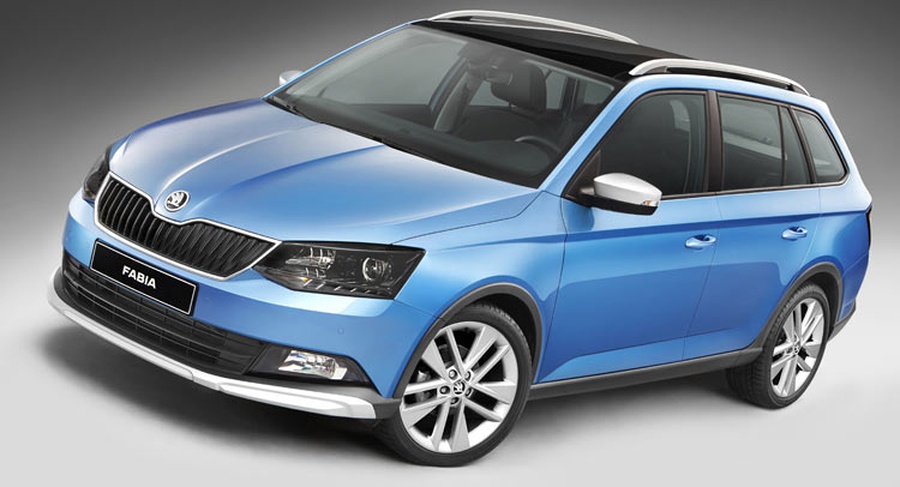



вот только цена пугать не будет?
Про Шкоду написали, про уродливую КИА - тоже; а про Альфу-Юлю "версионе нормале" ?
http://www.omniauto.it/magazine/36773/alfa-romeo-giulia-foto-video
Никому не интересно? Ну так интерес публики начинается с вас, журналистов - вы же сами и формируете эти вкусы "почти Ауди, но без переплаты!" или "спроектирован в Европе, собран в Европе - практически европейская машина, но дешевле!"
Чему потом удивляться?
Спокойствие. В Женеве много чего интересного представили. Обо всём сразу написать невозможно
Та я спокоен, чо - но ещё Юлю вчера утром показывали, раньше ФИАТа-124, раньше Мазерати Леванте (про которые вы уже написали). ОК, пускай итальянцы чересчур много про неё пишут из патриотизма, а британцы? Это достойный конкурент БМВ-трёшке, самый ёмкий сегмент рынка, serious business. У них есть шанс повторить успех 75-й как в 80-е годы - когда они конкурировали с Бимерами на равных, а технически машина была, пожалуй, даже лучше Е36.
Но у вас в приоритете Шкода - это с одной стороны понятно, с другой - см. выше: нечего потом удивляться результатам типа такого:
(цитата)
Альфа потеряла рынок после того, как перестала быть самостоятельной маркой и перешла под контроль ФИАТ. Этот концерн перевел их на свою или заимствованную у партнеров инженерную базу (маленькие альфы - это перелицованные фиаты, та же 164 сделана на одной платформе с СААБ 9000, 159 - это опель вектра С или он же сааб 9-3 и т.п.). Т.е. от самобытной марки с ореолом спортивности остался только дизайн кузова. Оппозитные движки исчезли. А салоны только смахивали на премиальные. Вот народ и не захотел покупать фиат по цене 2-х фиатов.
(конец цитаты, источник: http://forum.autoua.net/showthreaded.php?Cat=0&Number=10040654&page=0&vc=1 )
Hyundai i30 2010, Volkswagen Tiguan II 2018
Арсений Петрович, не волнуйтесь, мы знаем, как вы любите Юлю :) Но машинка действительно хороша (сужу пока только по фото).